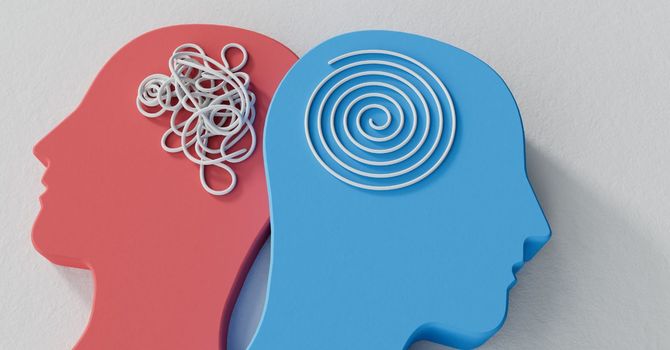In recent posts, I’ve been writing about stress and anxiety, which are among the most common reasons individuals seek therapy. My most recent entry reviewed some of the factors believed to be contributing to the increased prevalence of stress and anxiety, especially among youth and young adults. Some ideas on how we might reduce our exposure to these factors were offered. In this post, I’ll provide more detail on ways people can reduce stress and increase their capacity to cope.
Reducing Stress
Recall that stress is the result of an external event or situation that taxes our ability to cope (a “demand”), while anxiety is the internal (mainly cognitive) response that basically says, “this problem is too big or the consequence is too great.” In general, we don’t have all that much control over the amount of stress in our lives. Raising children, maintaining a home, succeeding at work, cultivating relationships, and trying to do it all while still attempting to find time for yourself is stressful. Add in negative events that are also largely outside of our control, and it becomes clear why stress and anxiety are so prevalent.
There are ways to reduce the amount of stress in our lives: learn to set limits and say “no” or “later” to things when you can. Another way to reduce stress is asking for help. Often, I see people apply an unfair double standard to themselves, believing that asking for help is burdensome to others (so they mustn’t) but acknowledging that they help others willingly (so they do). Others are just as willing to help you as you are, and there will come a time when you can “return the favour.” Of course, saying “no,” “later,” or “can you help me with this” isn’t always possible. Being organized and having realistic expectations for how well things “need to be done” is a good next step.
Increasing Coping Capacity
Increasing capacity to cope can be just as valuable as reducing stress. It tends to be more within our control and contributes to the belief, “I can handle this.” A few key skills are offered below. Form “stress busting” daily habits. Most people recognize the importance of daily habits in the prevention of dental and physical health issues. The same principle applies to our mental health. The following are key: get proper rest (~7 hours per night); nourish your body by eating healthy foods at regular intervals; move your body (find a physical activity that you enjoy and can do regularly); connect with others; and engage in regular self-care.
Pay attention. In our effort to meet the many demands in our lives, we can become out of tune with our bodies and minds. We ignore that rumble in our stomach, that touch of headache, those doubts and worries that swirl around in our heads. Often, when we “snap,” it’s because we’ve ignored some pretty clear signs that stress and anxiety have been building for a while. Checking in with our bodies and minds during the day is like having an emotional thermometer. It helps to increase awareness of when we need to do something to relax.
Mindfulness and Relaxation. Mindfulness and relaxation are often confused, even by mental health professionals. The overlap between the situations people use the methods in, and the similarity in the methods themselves contributes to this confusion. The key difference is that relaxation techniques aim to make you feel calm, whereas mindfulness aims to help you act calmly, no matter how upset, anxious, or stressed you are.
Relaxation techniques attempt to control or alter your physical stress response in order to reduce or even eliminate anxiety or stress. Relaxation methods often involve some form of distraction – drawing attention away from what may be “painful” or difficult in the here and now. The idea is that you will achieve a state of “calm.” Check out this link for a few examples, but keep in mind that relaxation techniques are most effective for mild or moderate levels of stress/anxiety. Also, note that a few of the recommendations fall within the mindfulness and meditation realm.
Mindfulness involves paying attention fully to the present moment, even if it’s not altogether positive. The aim of mindfulness is to allow your thoughts, emotions, and sensations to be as they are. The point is not to control or alter your experience and instead, be open and curious about it.
We can be mindful of anything we choose. See here for ways to be mindful during everyday activities. We can also practice a specific form of mindfulness: guided meditation. There are many apps and YouTube channels that people may choose from to practice this skill. Like with physical exercise, it is important not to take on too much too fast. I recommend starting with a shorter exercise and practicing when you are in a neutral to positive emotional state. Once you feel comfortable at that level, try to practice for longer periods and/or in more challenging situations.
By managing stress in these ways, anxiety is likely to also be reduced. In the final article of this series (out next month), I’ll cover some of the ways I support people to adjust negative thinking.
Jason is a Registered Psychologist with over 15 years of experience counselling adults and adolescents with a variety of concerns. Areas of specialization include anxiety, AD/HD, identity development, relationship issues, depression and self-esteem. In addition to counselling services, Jason conducts assessments with learners of all ages. He makes a unique contribution to the Centre through his skill in career assessments.




